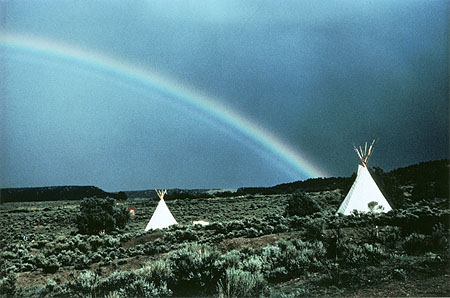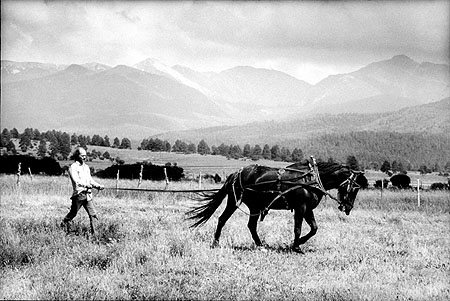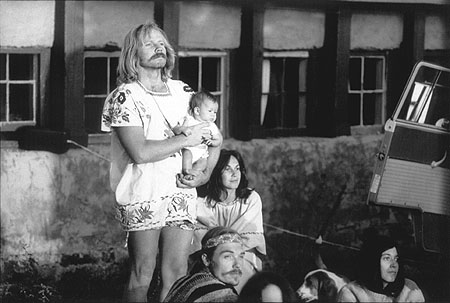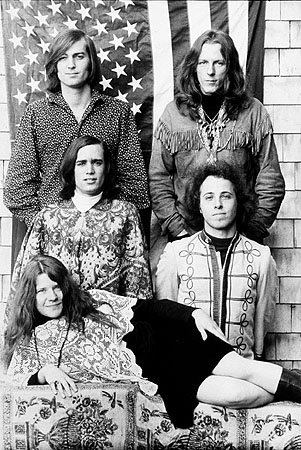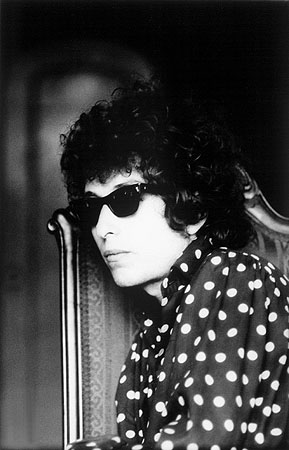Photographer Lisa Law's story is one among thousands of personal narratives that
made up the cultural fabric of America in the 1960s, when Americans were
wrestling with such issues as civil rights, the environment, personal freedom,
nuclear arms, and the Vietnam War.Americans in that era faced many controversial issues-from civil
rights, the Vietnam War, nuclear arms, and the environment to drug use, sexual
freedom, and nonconformity.
Lisa Bachelis grew up in Burbank, California, in a middle-class family that
shared liberal social and political ideals. As a high schooler in San Francisco,
she was drawn to North Beach and Sausalito and their colorful bohemian
communities--artists, musicians, and writers who rejected conformity, challenged
the civil and art establishments, and experimented with many forms of personal
expression, including dress and drugs.
In 1964, at age twenty-one, Bachelis became personal assistant to Frank Werber,
manager of the Kingston Trio. He gave her a 35-mm camera and asked her to
photograph musicians for his record company. That year she met Tom Law, her
future husband, who was road manager for the folk trio Peter, Paul, and Mary.
Soon Lisa Bachelis and Tom Law were living with friends in a group house, a
mansion they called "the Castle." Their home was a stopping place for many
creative individuals moving in the Los Angeles artistic scene. Owners Tom Law,
his brother, actor John Phillip Law, and a friend rented rooms to young artists,
musicians, and actors to defray costs. Many of their guests-including Bob Dylan,
David Crosby, and Andy Warhol-became celebrities of the counterculture.
In 1967 Lisa and Tom Law moved to San Francisco, joining thousands of young
people flocking to the Haight-Ashbury district. The counterculture lifestyle
integrated many of the ideals and indulgences of the time: peace, love, harmony,
music, mysticism, and religions outside the Judeo-Christian tradition.
Meditation, yoga, and psychedelic drugs were embraced as routes to expanding
one's consciousness.
The Laws lived in several groups of poets, musicians, artists, and idealists.
These communities experimented with redefining family structure, the relationship
between work and leisure, and the role of their community in the world.
"Fifteen of us lived together, one room per family, and a kitchen and a communal
room. I can't say that I enjoyed that kind of living. It always seemed that women
ended up doing a lot more chores than the men. The men played music, smoked the
herb, chopped wood and repaired vehicles. The lack of privacy was a test. Now we
could be healthy, happy and holy."
Experience additional photography by Lisa Law on the Web:
Smithsonian National Museum of American History: Virtual Exhibitions
Lisa also served as a consultant for NBC's The '60s
Purchase or license her image:
Buy her book with 159 images--> 'Flashing on the Sixties' - 4th edition:
Lisa Law SQUAREBOOKS
'Interviews with Icons, Flashing on the Sixties'- Lumen Press
directly from Lisa by contacting her at cybermesa.com
